Within the first few days back on campus, there was a positive COVID-19 case. After being notified of this, the administration sent out vague emails to select parents detailing the situation. The rest of the student body and their families were left in a cloud of uncertainty.
Rumors flew around, and students and parents grew concerned. An email sent to the bulk of parents stated that their children were not in close contact with the student who had tested positive. The school contacted families of those determined to be a close contact separately. In some cases, these families struggled to obtain enough information to react immediately and safely.
Families with multiple students at Carlmont were not told which of their children was exposed to the virus, leaving them unsure of who to test and, if necessary, quarantine. For one such student, it took four emails to different administrators before they received any clarification.
Carlmont’s administration is failing to properly communicate necessary information on COVID-19 exposure with its students and parents. And there is no justifiable reason.
In the past, the administration has tried to hide behind impressive and complex-sounding privacy acts to justify their lack of transparency. They constantly refer to the Health Insurance Portability and Accountability Act of 1966 (HIPAA) or Family Educational Rights and Privacy Act (FERPA) to explain their refusal to share statistics and information that would help keep their students safe.
However, both of these acts don’t prevent sharing of any information. HIPAA does not apply to most schools, as they do not meet the definition of a “covered entity” under the act.
Similarly, though FERPA can apply to schools and regulate the privacy of student records, COVID-19 data can still reasonably be shared.
The U.S. Department of Health and Human Resources states, “If the educational agency or institution determines that there is an articulable and significant threat to the health or safety of the student or other individuals, it may disclose information from education records to any person whose knowledge of the information is necessary to protect the health or safety of the student or other individuals.”
COVID-19 has caused millions of people to die, and the delta variant has proven to be more contagious and lethal to younger populations. COVID-19 can easily be categorized as “a threat to the health or safety of other individuals” at Carlmont. Therefore, there is no reason not to disclose more information.
The administration should be sending emails regarding exposures to the entire student body and their guardians. This would allow for more transparent communication and leave less room for confusion and rumors.
The administration may argue that contact tracing is a way to determine those at significant risk to the disease, and therefore emails to the entire school are unnecessary. But this tracing simply isn’t good enough.
Though reasonable in theory, contact tracing is not precise enough in practice at a school of this magnitude. Thousands of students are crammed together between passing periods and during lunch break with no masks. This makes accurate tracing impossible. As a result, extra precautions should be taken, and all who attend Carlmont should be notified about a positive COVID-19 case.
In addition, there should be available data on vaccine percentages at the school, and the number of known cases should be made public. Releasing percentages and case numbers does not identify students, so no privacy laws are violated.
Making these data points available could also help clear up much of the confusion, fear, and uncertainty prevalent throughout the Carlmont community and influence students’ behavior on campus. A lower than expected vaccination percentage, for example, could lead to more students wearing masks outdoors.
This is not to say that Carlmont is acting in any way that violates county guidance for schools. They are simply following policies put in place by the Sequoia Union High School District (SUHSD).
But Carlmont prides itself on going above and beyond what is required from an educational standpoint. It sets exceedingly high standards for its students, who complete the school’s challenging curriculum throughout the entirety of their high school experience, aiming to “inspire excellence.”
Carlmont should then should apply this same mindset to COVID-19 communication and policies. Taking measures beyond the bare minimum can help reduce the risk and increase the well-being of its students.
These extra steps would also fit more closely within the Centers for Disease Control and Prevention (CDC) guidance, which suggests “localities should monitor community transmission, vaccination coverage, screening testing, and occurrence of outbreaks to guide decisions on the level of layered prevention strategies.”
It is unacceptable that information about a potentially life-threatening disease is obscure and difficult to obtain. The administration must make more effort to be transparent, and data should be readily available for everyone on campus. Carlmont needs to do better for the safety of its students, staff, and their families.

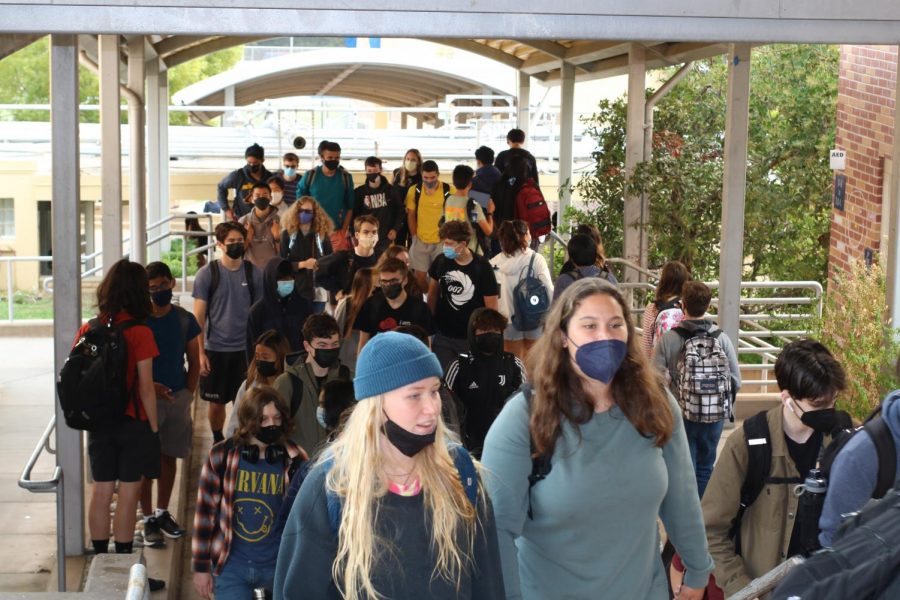
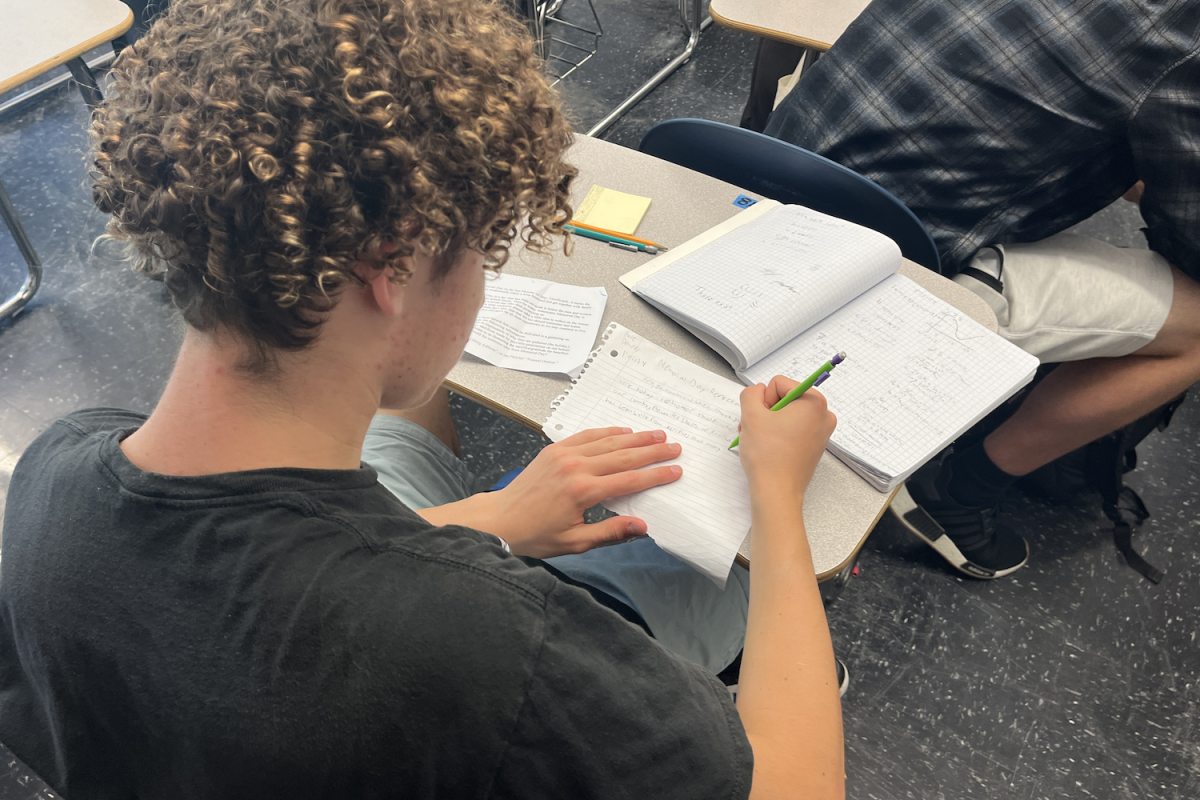
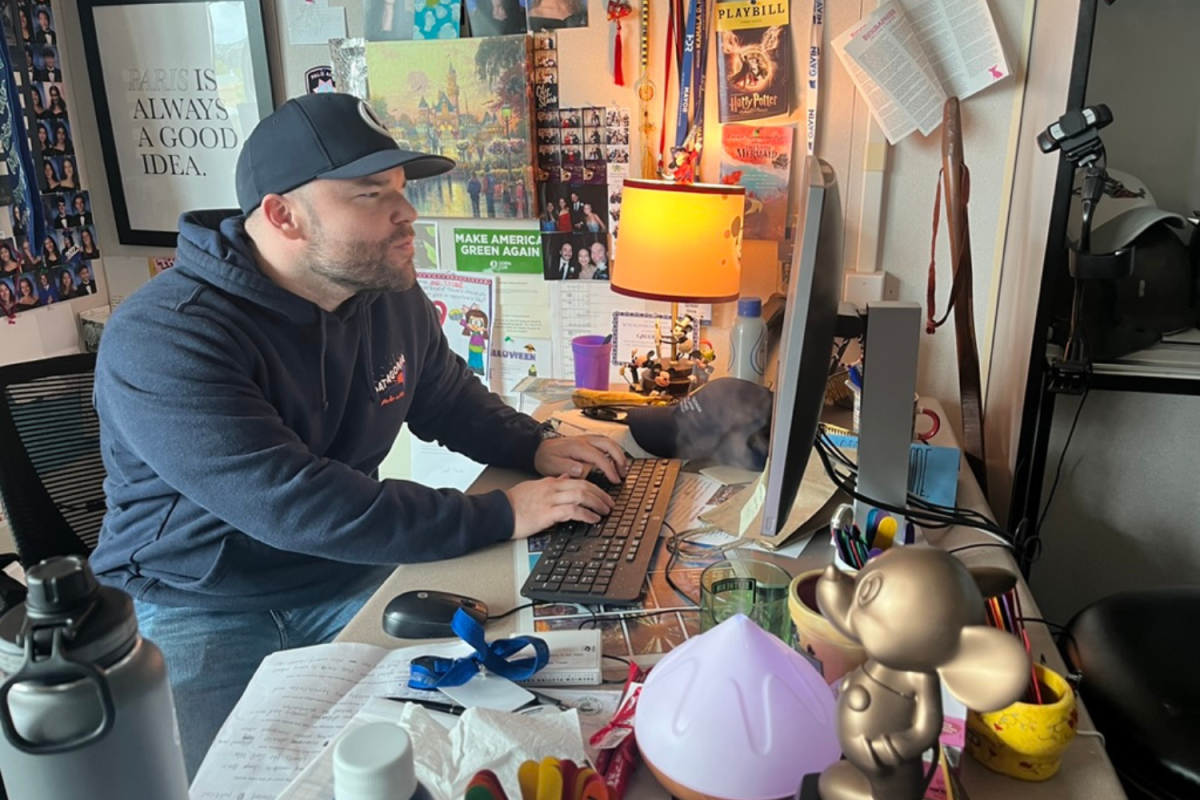

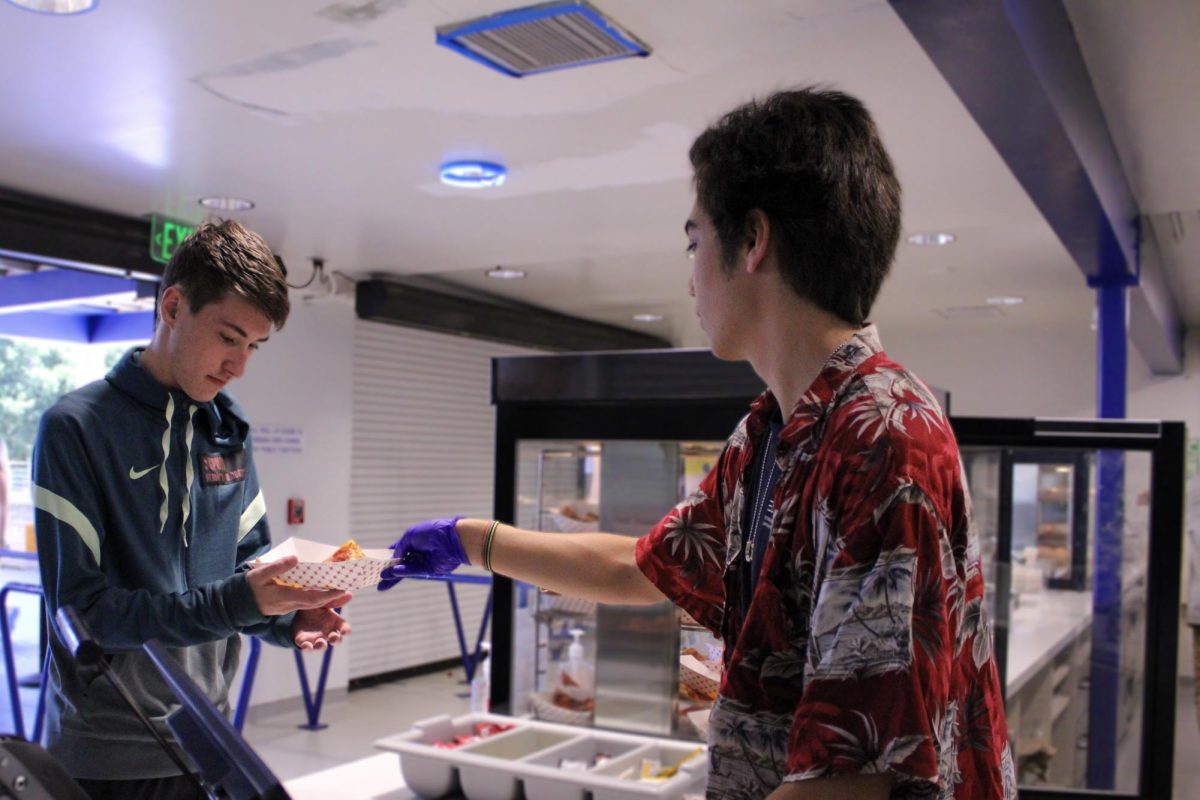
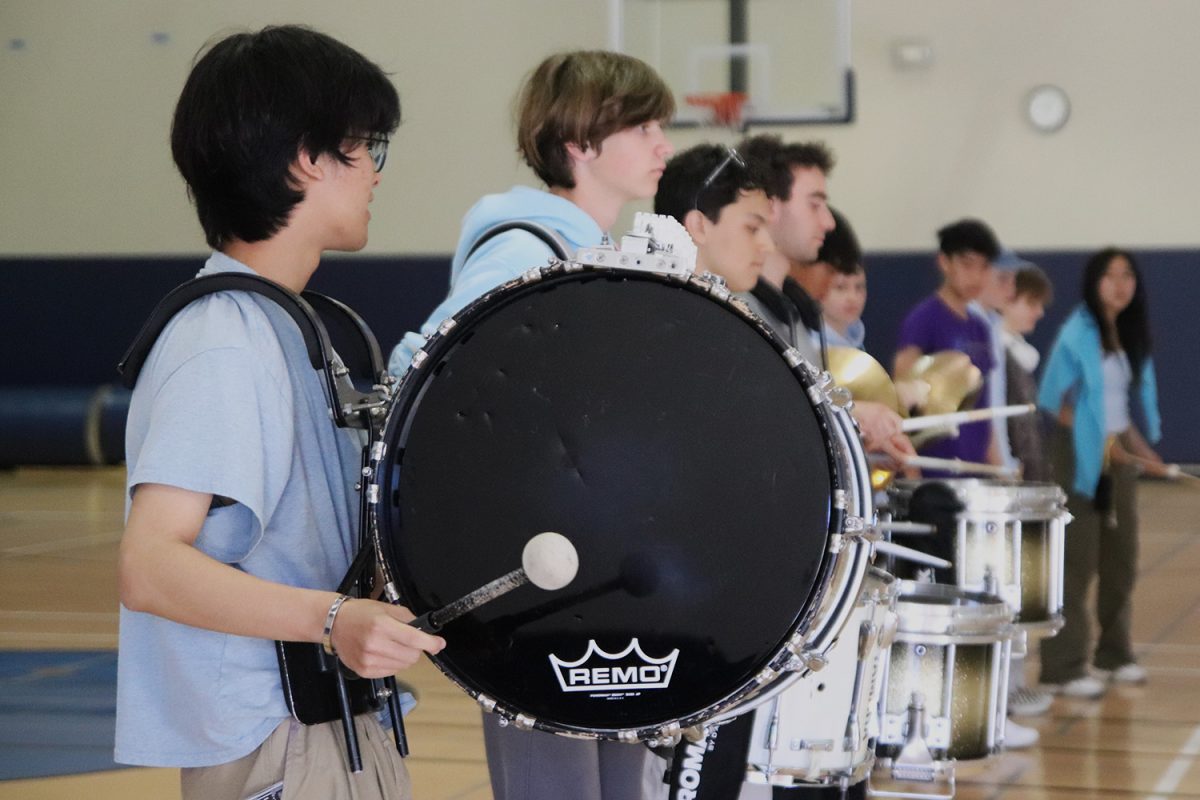
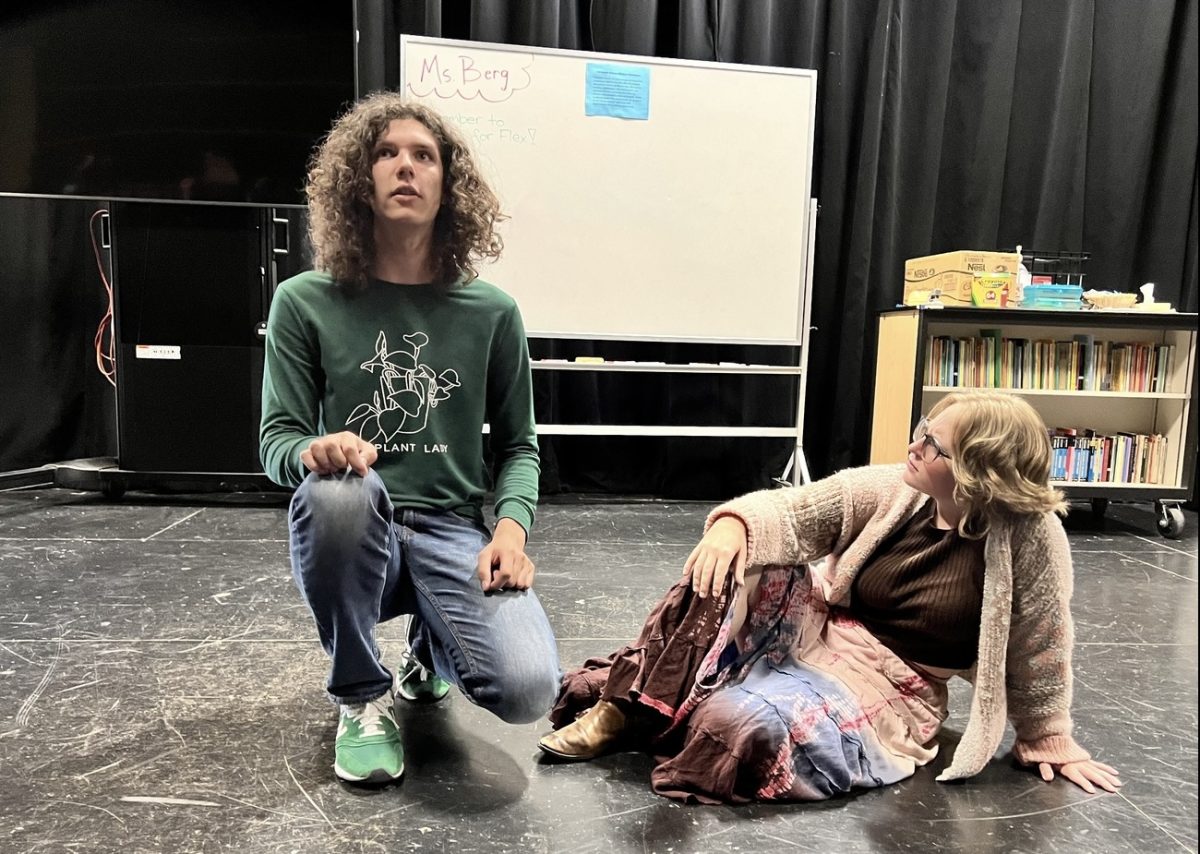
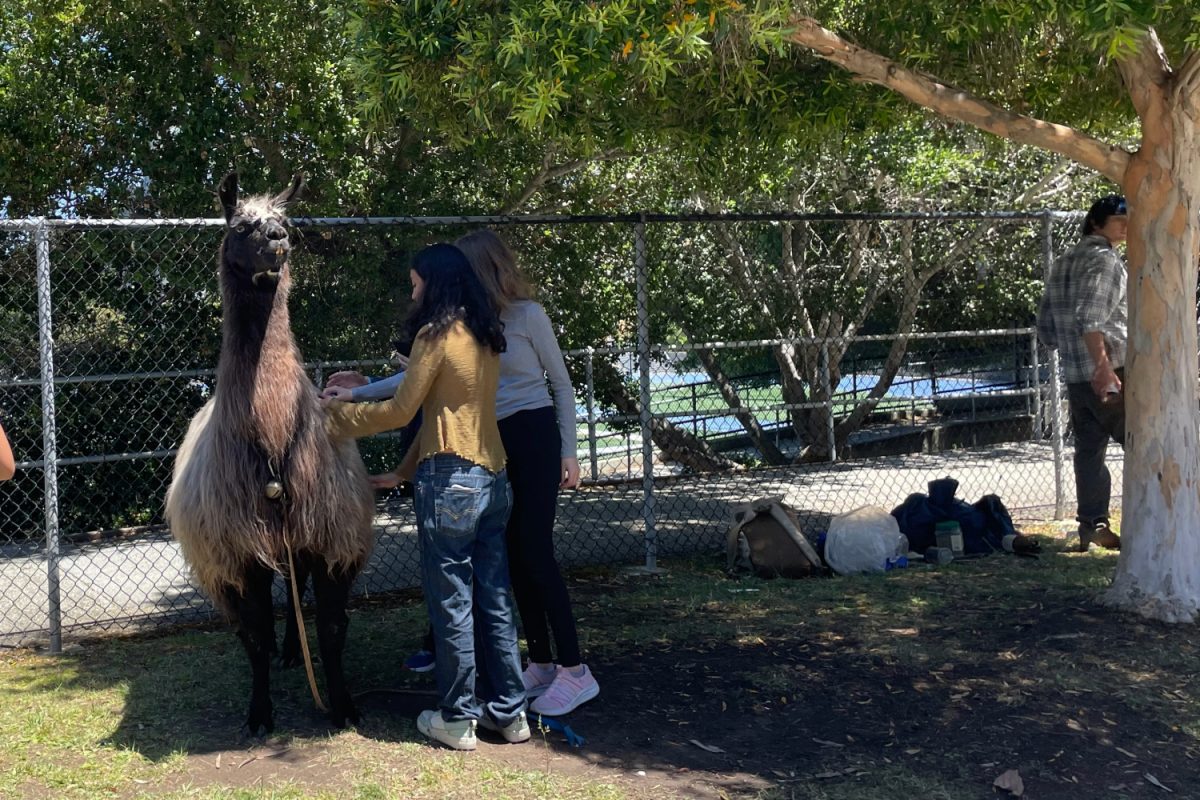
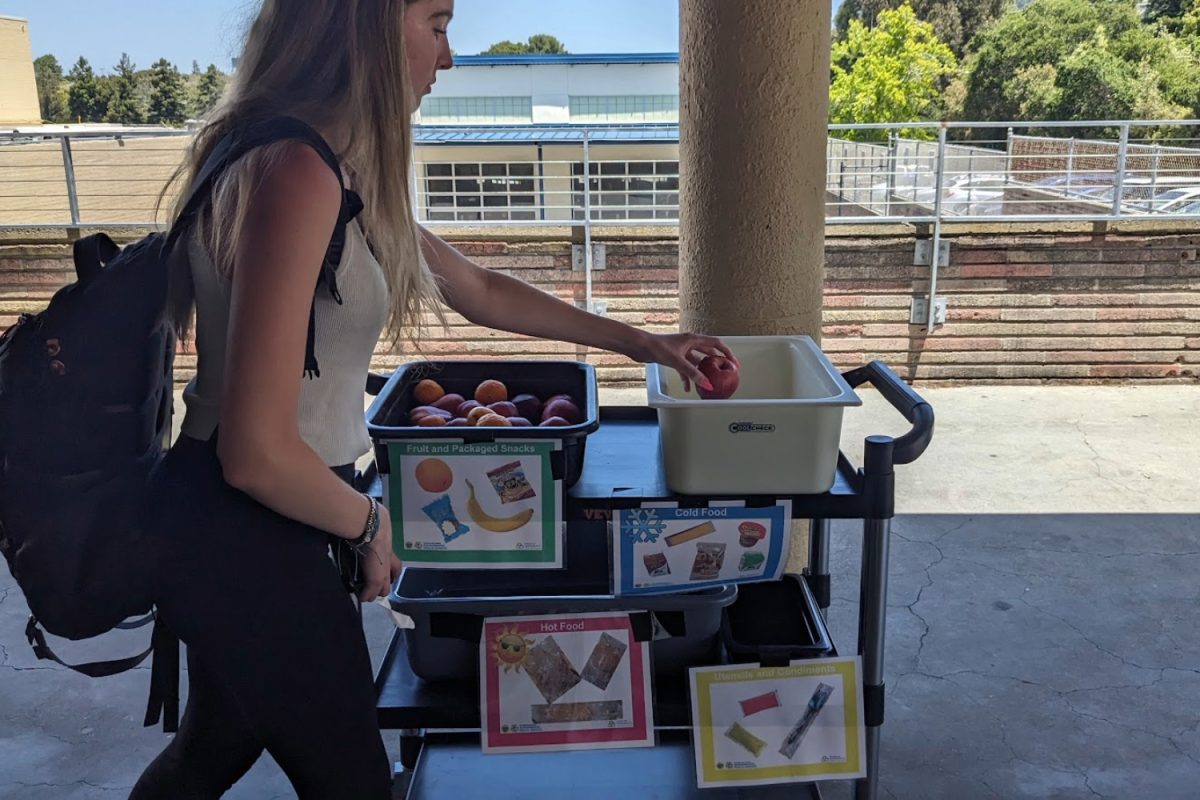

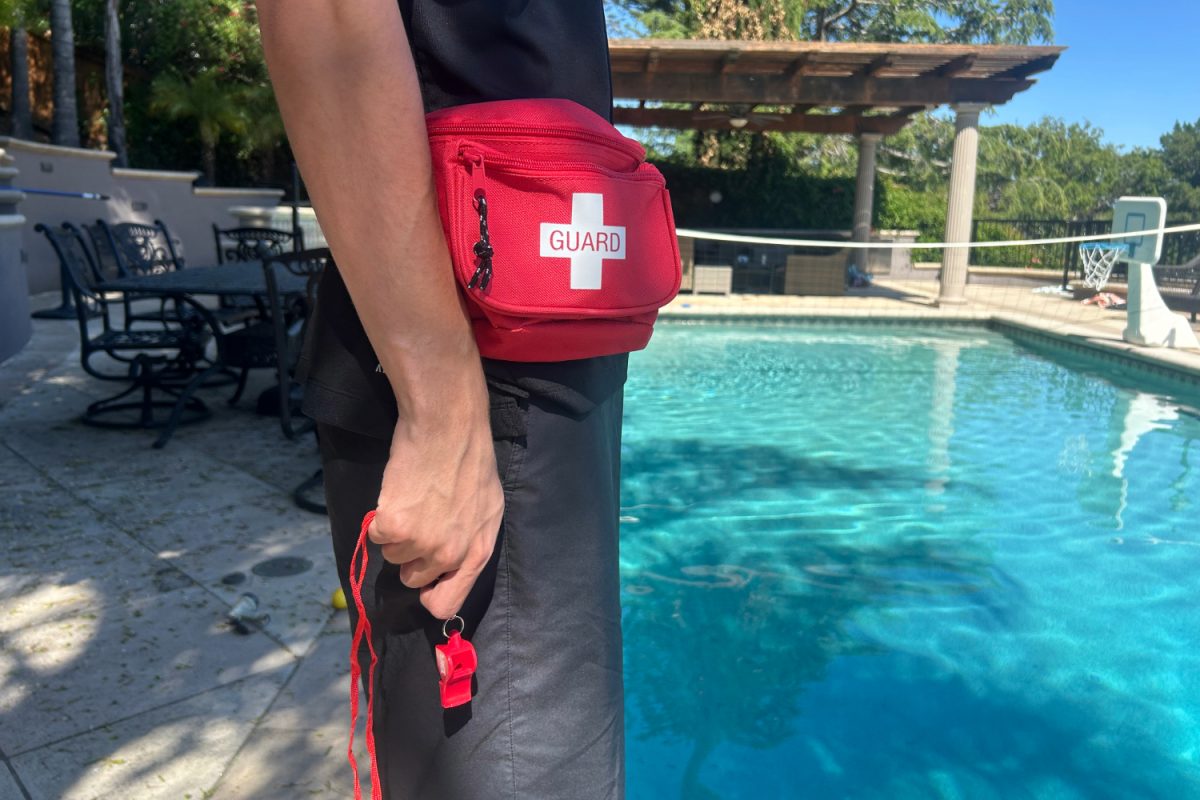
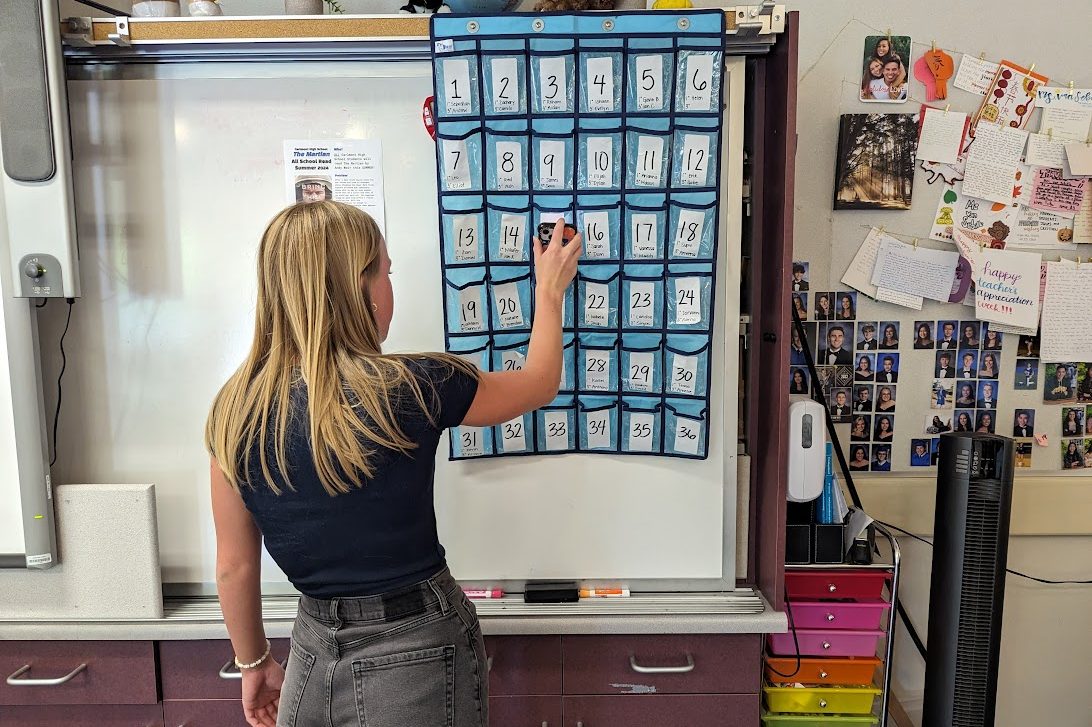


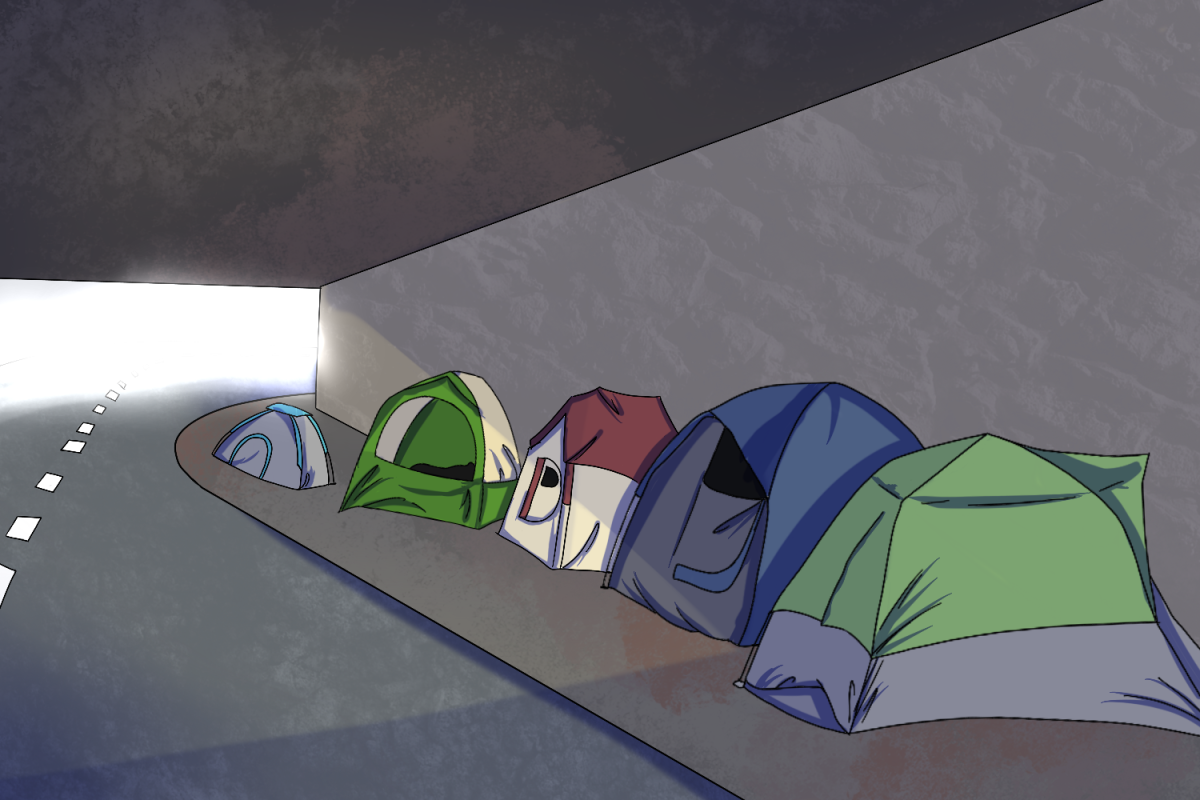


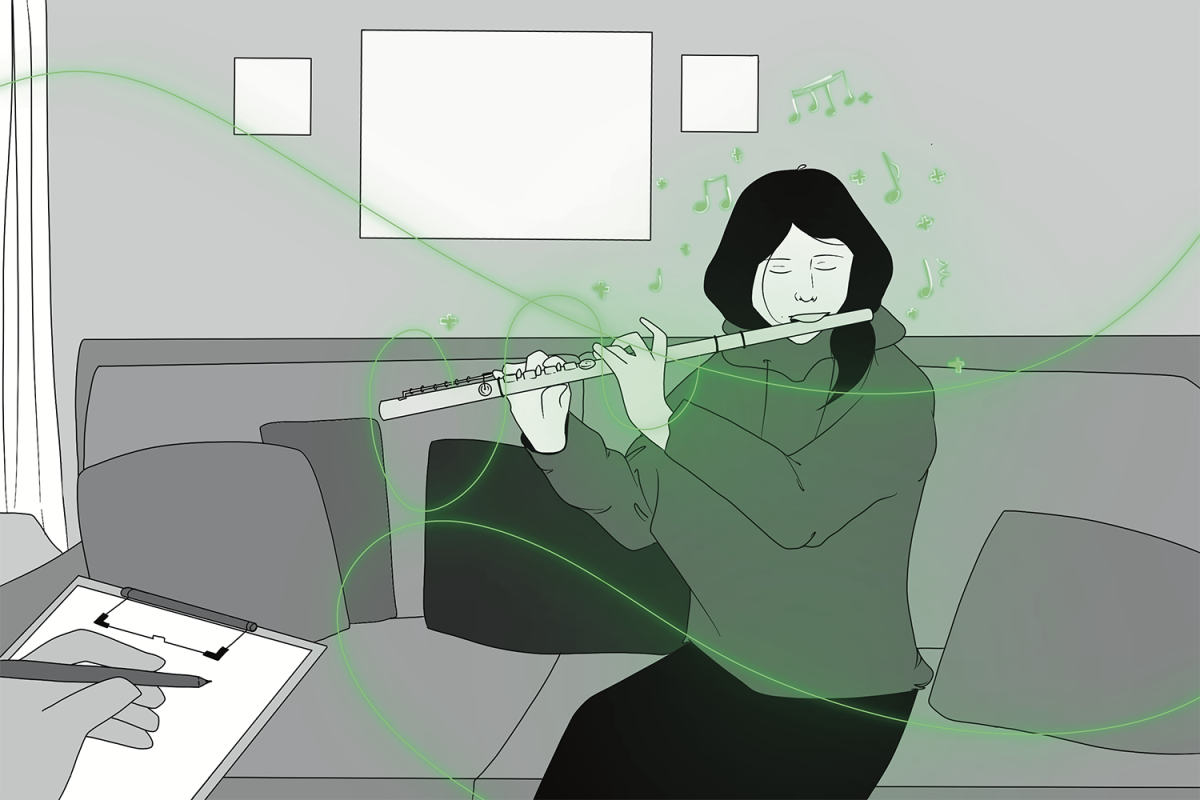
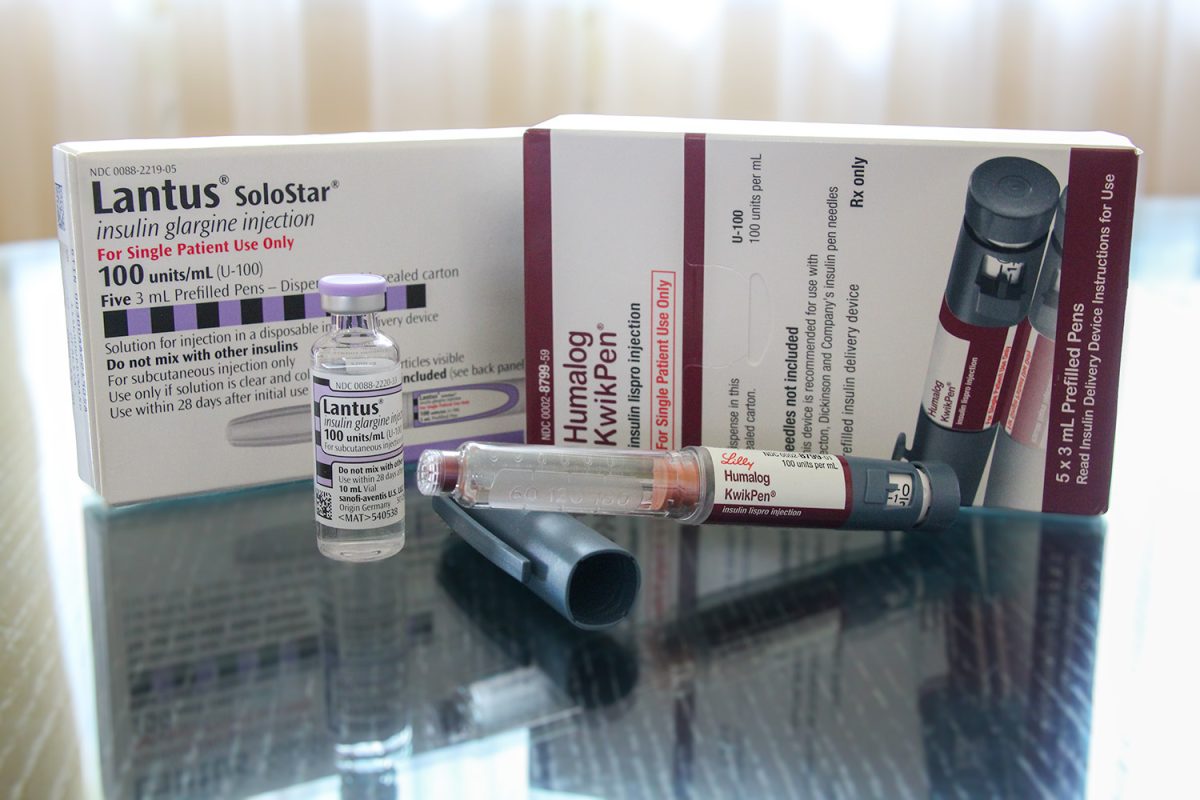
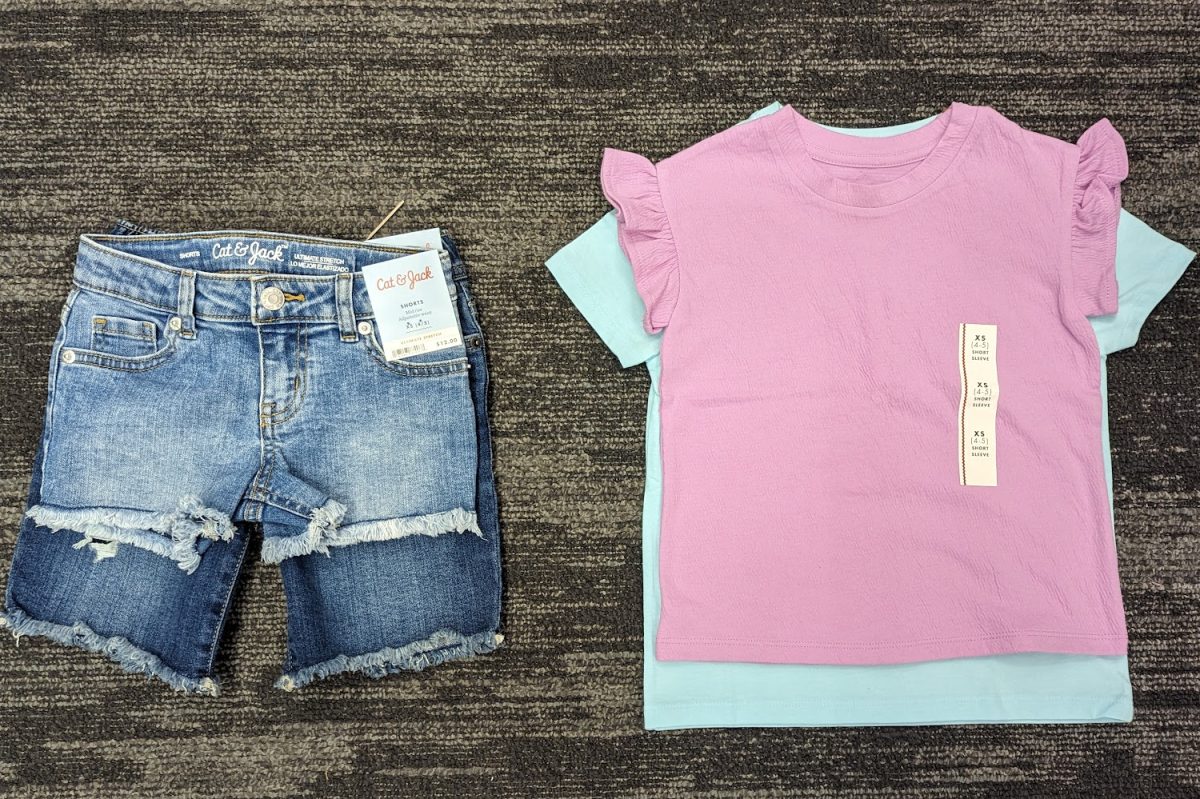
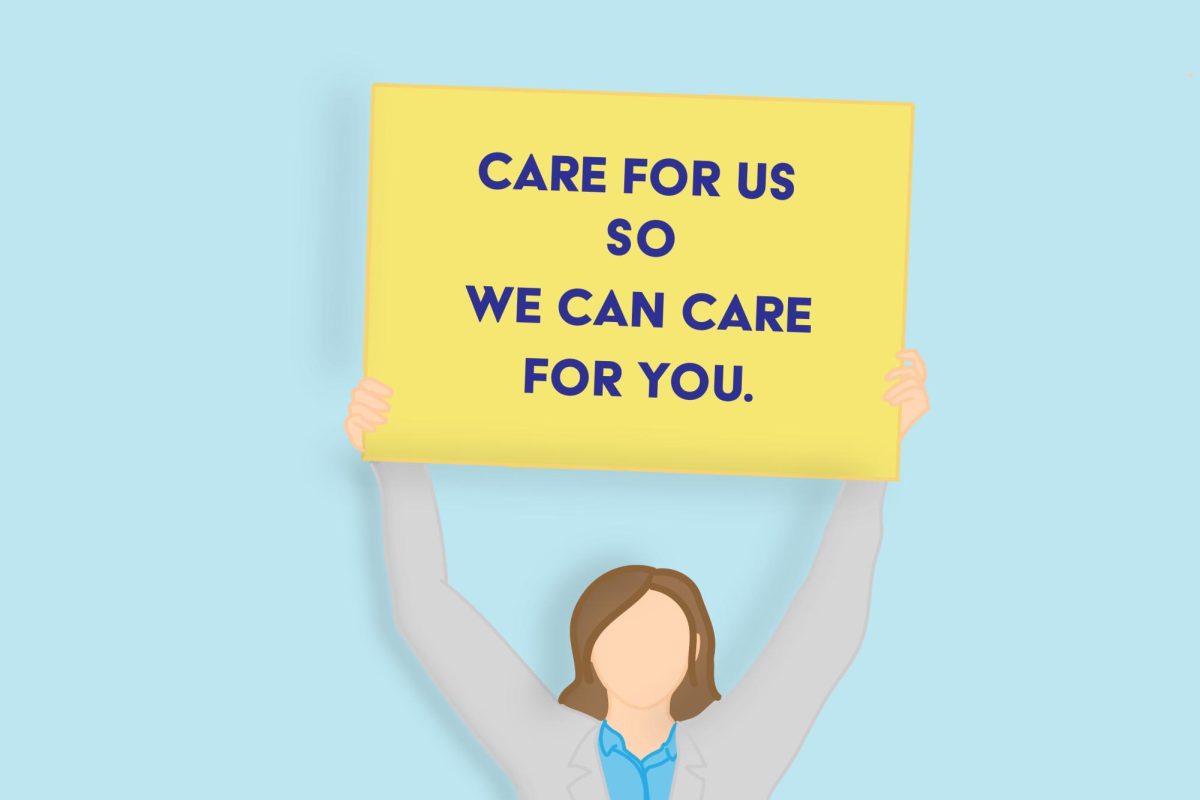




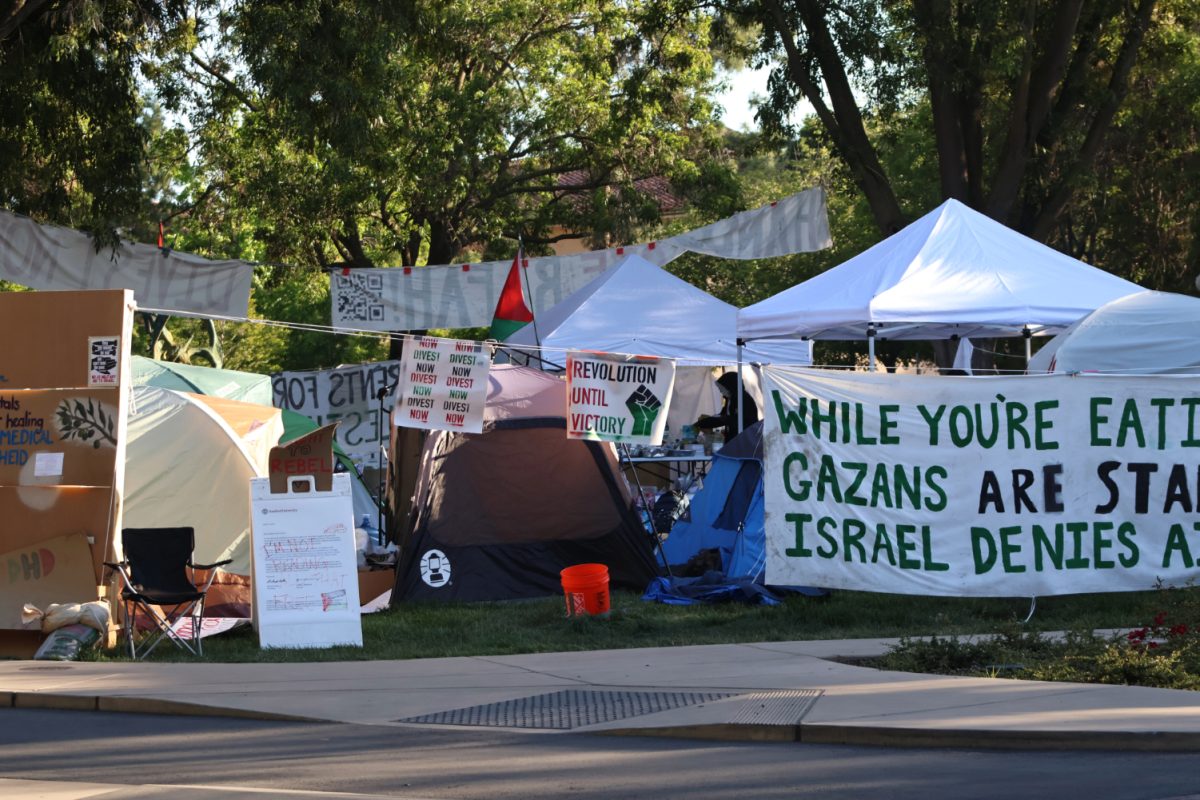




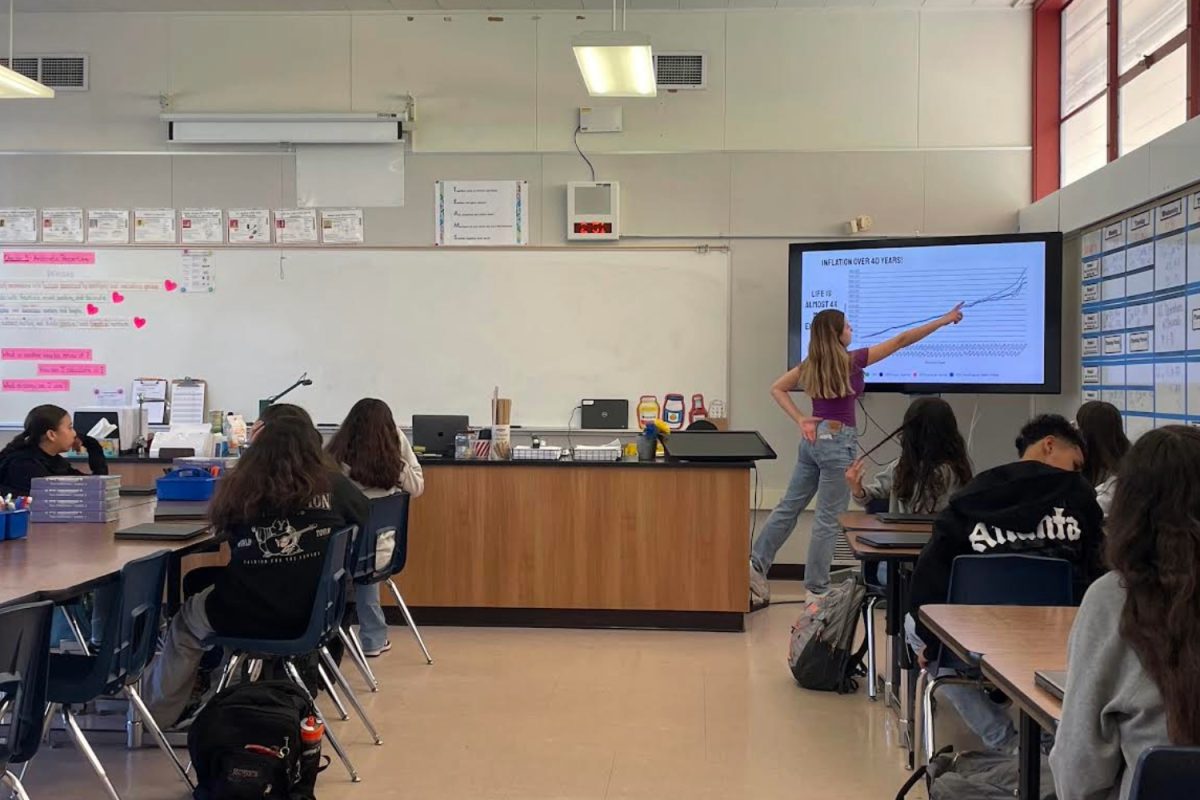


Ella Duarte • Aug 26, 2021 at 2:11 pm
If the ideas suggested here like vaccination rates and such were implemented on the website this would be a fantastic idea. I really hope the school doesn’t get shut down again because it was destructive to my mental state and academic success. If there was more transparency to students this could end up preventing more cases and reverting to distanced learning. If these things do end up happening, please make sure that students are aware of the exposure tracking. Also, a reminder to the student body to use the covid tracker in the settings of your phone, if the school can’t provide the necessary protections for us. It is on iPhones, not sure about android but it could really help in this situation, especially if the school decided to take advantage of this function. It’s worrisome that we do not have to take the survey at the beginning of the day to check for symptoms too.